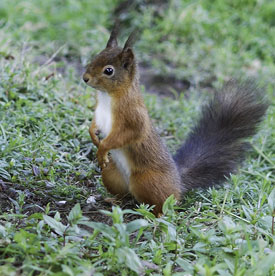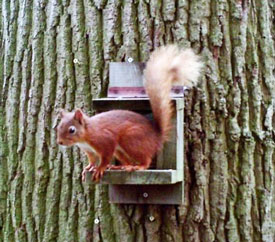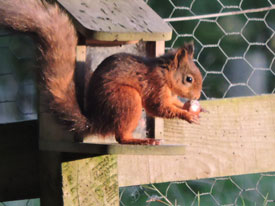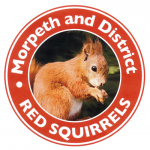 There is no doubt in my mind that without the continued efforts of the local community Red Squirrel Conservation groups, we would have no Red squirrels left in Northumberland now. The essential work all the volunteer groups undertake in controlling the numbers and spread of grey squirrels, is the only chance our native Reds have to survive. My usual message with this is as always, to stress that grey control is not a side of red conservation that is taken lightly, but is an absolute necessity.
There is no doubt in my mind that without the continued efforts of the local community Red Squirrel Conservation groups, we would have no Red squirrels left in Northumberland now. The essential work all the volunteer groups undertake in controlling the numbers and spread of grey squirrels, is the only chance our native Reds have to survive. My usual message with this is as always, to stress that grey control is not a side of red conservation that is taken lightly, but is an absolute necessity.
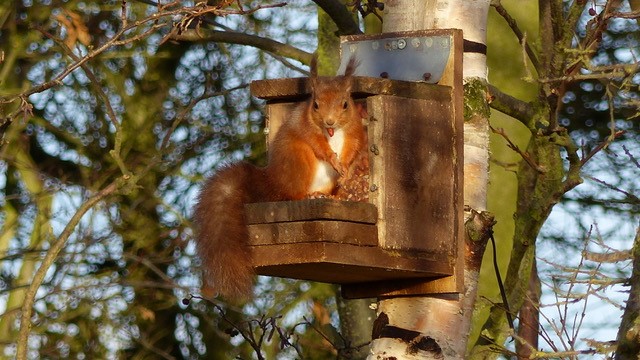
In 2018, MADRS removed 1574 greys from our area. It’s not rocket science to think of how many more there’d be if a percentage of these had bred, 2-3 times a year… 3-4 greys per brood (and they would start breeding too!).
A fitting tribute to these efforts are the increased sightings in terms of numbers of red squirrels in some areas, and sightings of reds being reported in areas where they have not been seen for a while, in some cases several years. Read more>>


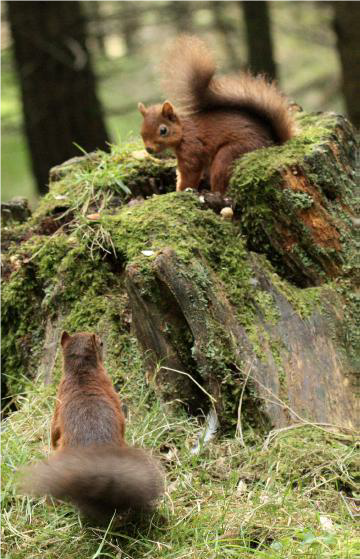

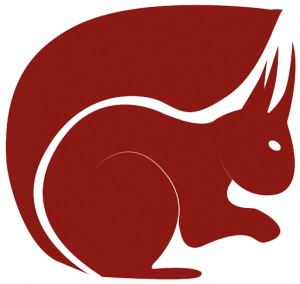 Thanks to grant funding from the Hadfield Trust and the Rawdon-Smith Trust, we have been able to buy two Pulsar thermal imaging cameras for spotting and monitoring squirrels. These hand-held monocular cameras highlight a squirrel’s body heat in contrast to its cooler surroundings, making it much easier for our volunteers to spot squirrels in woodland.
Thanks to grant funding from the Hadfield Trust and the Rawdon-Smith Trust, we have been able to buy two Pulsar thermal imaging cameras for spotting and monitoring squirrels. These hand-held monocular cameras highlight a squirrel’s body heat in contrast to its cooler surroundings, making it much easier for our volunteers to spot squirrels in woodland.  The mid Wales forests are a hive of activity as red squirrels prepare for winter, burying surplus nuts and seeds for harsher times in caches. Red squirrels have quite a talent for food preparation, and have been known to dry out fungi in tree crevices; dried fungi produces a more nutritious meal.
The mid Wales forests are a hive of activity as red squirrels prepare for winter, burying surplus nuts and seeds for harsher times in caches. Red squirrels have quite a talent for food preparation, and have been known to dry out fungi in tree crevices; dried fungi produces a more nutritious meal.
